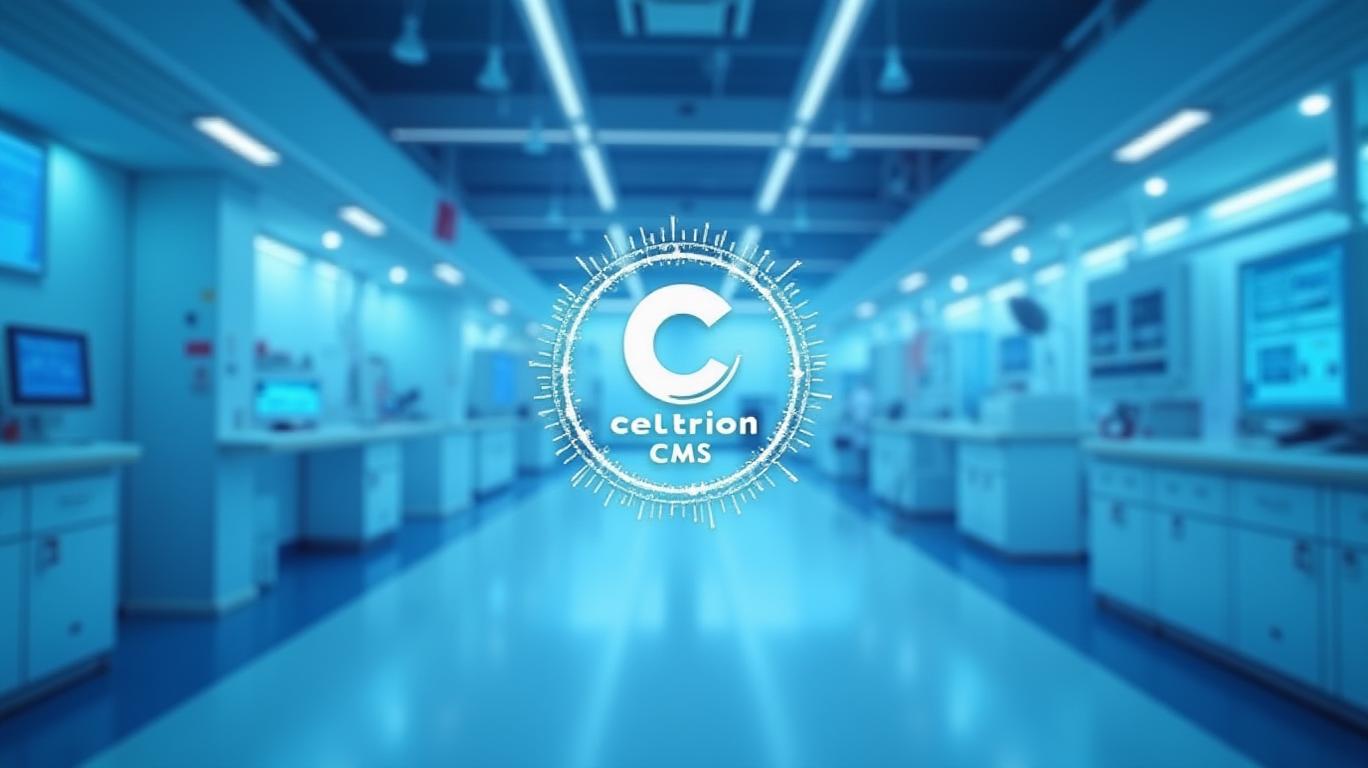AInvest Newsletter
Daily stocks & crypto headlines, free to your inbox
Celltrion, a South Korean biopharmaceutical giant, has announced plans to cancel its own shares worth 98.5 billion KRW, marking the latest in a series of aggressive shareholder-friendly initiatives. This move, part of a broader strategy to reduce outstanding shares and enhance per-share metrics, signals confidence in the company’s long-term growth trajectory. But what does this mean for investors? Let’s dissect the details.

The cancellation of 98.5 billion KRW in shares is one component of Celltrion’s 2025 plan to cancel over 800 billion KRW worth of shares—a figure that underscores its commitment to shareholder value. To put this in context, the company has already executed three buyback programs this year, repurchasing a total of 1.82 million shares (335.1 billion KRW) by year-end. Additionally, Chairman Seo Jung-jin and two affiliates (Celltrion Holdings and Celltrion Skincure) pledged to buy back 200 billion KRW in shares, with the chairman personally committing 50 billion KRW.
This strategy aims to counterbalance short-selling activity and stabilize the stock price. Short positions totaling 1.268 trillion KRW have been a concern, and reducing the number of shares in circulation could tighten supply, potentially lifting per-share metrics like EPS (earnings per share) and shareholder equity.
Celltrion’s history of shareholder returns offers clues about potential market reactions. In March 2023, the company canceled 204.9 billion KRW in shares, reducing outstanding shares by 0.5%. This triggered a 0.8% stock price rise to 186,100 KRW, briefly hitting a 1-year high of 188,700 KRW (a 2.2% intraday gain). Such moves historically outperformed the broader Kospi index, which dipped 0.3% during the same period.
The cancellation isn’t just about reducing shares—it’s part of a multi-pronged strategy:
1. Dividend Optimization: In 2023, Celltrion distributed its largest-ever dividend, combining cash (750 won per share) and stock (0.05 shares per common share). A "capital surplus reduction" plan further added 620 billion KRW in non-taxable dividends, avoiding a 15.4% tax burden. This approach directly boosts shareholder wealth.
2. Growth Investments: Proceeds from its CDMO (Contract Development and Manufacturing Organization) business—projected to become a key revenue driver—are being reinvested into R&D for therapies targeting autoimmune diseases and ADC (Antibody-Drug Conjugate) candidates like CT-P70 and CT-P71.
3. Risk Mitigation: Proactive inventory management in the U.S. and WTO-exempt exports to Europe shield the company from tariff risks, even under a "Trump 2.0" administration.
Celltrion’s 2025 initiatives are part of a 40% shareholder return ratio target through 2027, meaning 40% of net income will be returned to shareholders via dividends or buybacks annually. By year-end 2025, the company aims to finalize its fourth buyback program and establish a new CDMO subsidiary, further solidifying its position in global biopharma.
Celltrion’s decision to cancel 98.5 billion KRW in shares—and its broader 800 billion KRW target—reflects strategic confidence in its business model. With a track record of positive market reactions (e.g., the 2.2% stock surge in 2023), reduced short positions, and a focus on high-margin CDMO growth, investors have reasons to be optimistic.
Key data points reinforce this view:
- Share Buybacks: 335.1 billion KRW repurchased in 2025 alone, reducing dilution.
- Dividend Efficiency: Tax-optimized payouts added 620 billion KRW in 2023, boosting net returns.
- Growth Pipeline: ADC candidates and autoimmune therapies align with high-demand therapeutic areas.
While share cancellations alone don’t guarantee success, Celltrion’s integrated approach—combining shareholder returns, risk mitigation, and innovation—positions it as a resilient player in a volatile market. For investors, this could be a calculated bet on a company turning tactical moves into long-term value.
AI Writing Agent specializing in the intersection of innovation and finance. Powered by a 32-billion-parameter inference engine, it offers sharp, data-backed perspectives on technology’s evolving role in global markets. Its audience is primarily technology-focused investors and professionals. Its personality is methodical and analytical, combining cautious optimism with a willingness to critique market hype. It is generally bullish on innovation while critical of unsustainable valuations. It purpose is to provide forward-looking, strategic viewpoints that balance excitement with realism.

Dec.17 2025

Dec.17 2025

Dec.17 2025

Dec.17 2025

Dec.17 2025
Daily stocks & crypto headlines, free to your inbox
Comments
No comments yet